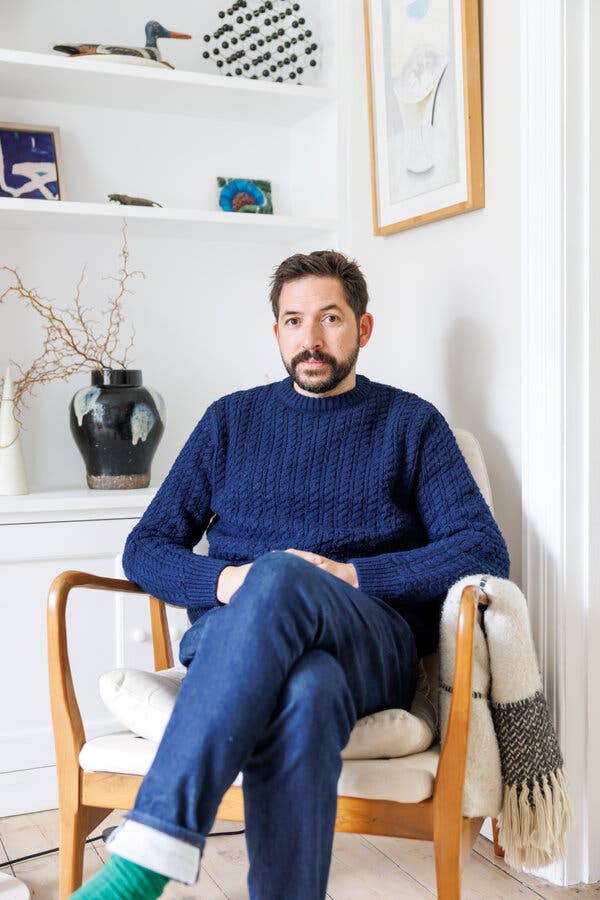Some of Britain’s most cherished artisanal traditions, including dry stone walling in West Yorkshire and barrel-making, or coopering, in Bushmills, Northern Ireland, are facing the threat of extinction. This alarming situation is detailed in a new book by James Fox, an art historian at the University of Cambridge, titled “Craftland: In Search of Lost Arts and Disappearing Trades.” The book, which was published in the UK by The Bodley Head in September and is set for release in the United States by Crown Publishing on October 28, 2023, combines travel writing with investigative reporting to advocate for the preservation of traditional crafts.
Dr. Fox argues that viewing craft solely through a lens of tradition limits its potential. “If your only definition of craft is something very traditional, you’re confining it to the past and to heritage,” he stated. “Craft is a living tradition — a vital tradition — as relevant today as it has ever been.” His belief is that these skills not only represent history but also offer insights into contemporary practices and creativity.
Exploring the Impact of Technology
In a recent video interview conducted from the Hugo Burge Foundation, an arts and crafts charity located in southeastern Scotland, Dr. Fox discussed the inspirations behind his work. He emphasized the ongoing technological revolution, particularly in artificial intelligence, which is reshaping various aspects of life, including work and creativity.
“It seemed like a really good time to look back at older ways of working, older ways of making,” he explained. “Partly to describe them before they potentially disappear, but also partly to see what we might be able to learn from them.” This perspective reflects a growing concern about the balance between traditional crafts and advancing technology, particularly as automation becomes more prevalent in creative fields.
Dr. Fox also expressed confidence that artificial intelligence cannot replicate the unique qualities of handcrafted items. He pointed to the joy he experienced with a handmade pair of scissors as an example of the intimate connection between artisans and their work. Such handmade items not only serve practical purposes but also carry the emotional weight of their creators’ skills and dedication.
Preserving Heritage for Future Generations
“Craftland” serves as a crucial reminder of the importance of preserving these disappearing trades. The book’s exploration of various crafts aims to inspire readers to appreciate the artistry and skill involved in these traditional practices. Dr. Fox advocates for a resurgence in interest and support for artisans, urging both individuals and communities to recognize the value of these crafts in contemporary society.
As traditional skills dwindle, the need to document and celebrate them becomes ever more pressing. It is not just about nostalgia; it is about understanding the richness of human creativity and the stories behind each craft. The legacy of these traditions can inform and enhance modern practices, bridging the gap between past and present.
By highlighting the plight of Britain’s disappearing trades, Dr. Fox hopes to spark a renewed appreciation for craftsmanship that transcends mere functionality. As he notes, the essence of craft lies in its ability to connect people, both to their heritage and to each other. “Craft is not just about making things; it is about making connections,” he concluded.
In a world increasingly dominated by technology, Dr. Fox’s work serves as a vital call to action, encouraging individuals to cherish and support the artisans who keep these age-old traditions alive. “Craftland” is not merely a book; it is a manifesto for the preservation of culture and creativity in the face of an ever-evolving future.






































































